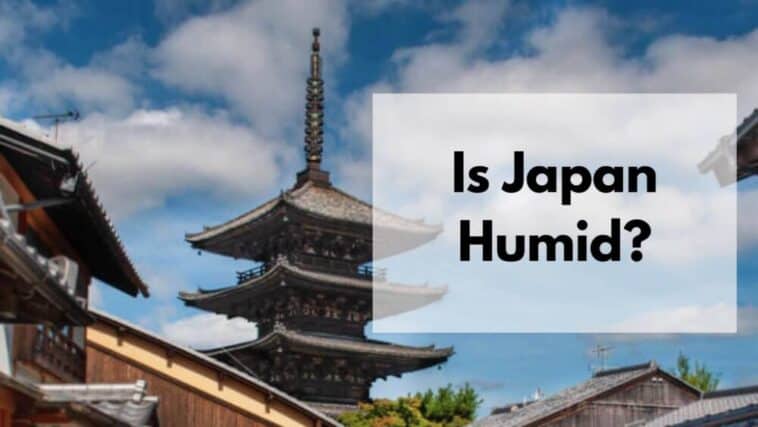Are you traveling to Japan and wondering is Japan humid? Japan can be very humid for a few months. Read on to find out when is Japan humid.
Venture into the climatic nuances of Japan, a land where humidity plays a significant role in the daily weather experience.
This overview addresses the reality of Japan’s moisture-laden air, exploring regional variations and seasonal shifts that can turn a simple question into a complex, yet fascinating, meteorological discussion.
Page Contents
Is Japan Humid?
Yes, Japan is known for its high humidity levels, particularly during the summer months when it can exceed 80%. The rainy season (tsuyu) and the scorching heat of midsummer contribute to the muggy climate, which varies across regions but is especially pronounced in coastal areas and cities like Tokyo and Osaka.
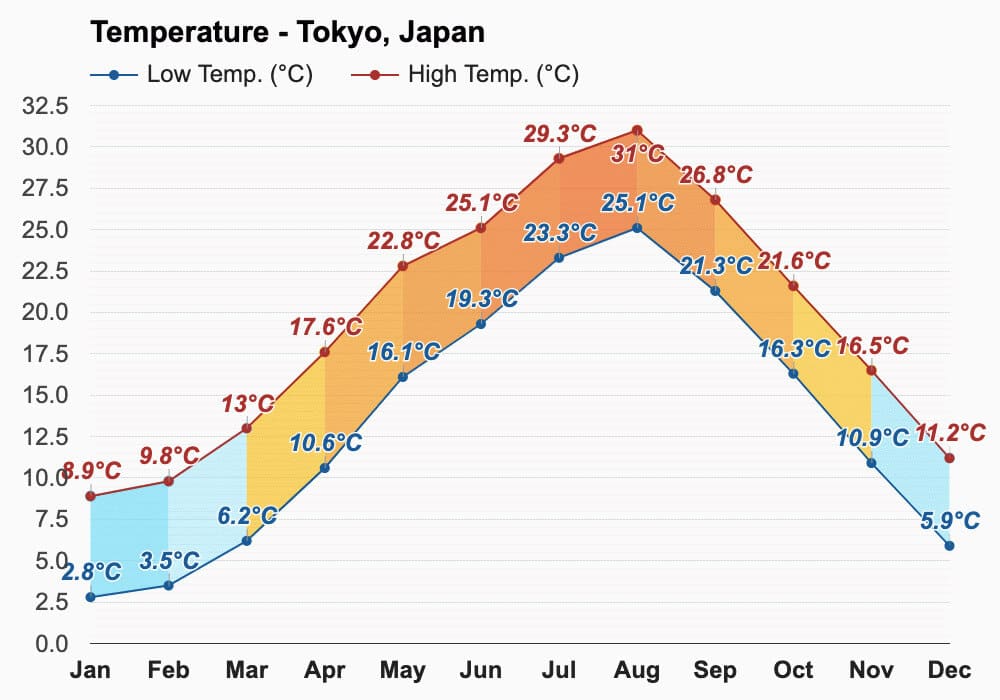
Humidity In Japan

Now that you are aware of how the temperature works in Japan, it is time to learn more about humidity.
Humidity is when the air has too much water vapor. This results in more sweat and less comfort. In Japan, as the scorching sun increases the heat, the humidity also increases.
It starts in July, just after the rainy season is over. It is quite impossible to bear the humidity in August. The whole place becomes a sauna.
You will sweat even if you are doing a minimal chore. One can also expect downpours and strong winds during this month. Given that it is the summer holidays, you will find a crowd wherever you go.
This adds more to the discomfort of traveling in summer. A lot of events take place, but with proper arrangements, you can be a part of them.
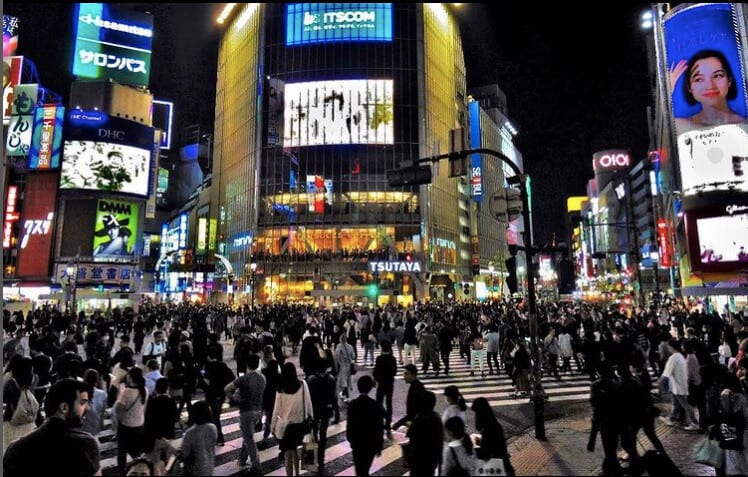
One of the main reasons why humidity feels discomfiting is because of what it does to your body. While you are out, it is not the temperature that affects you, it is your body’s reaction.
When you are in Japan during the summer, you are bound to sweat. According to the data, the average humidity ranges from 72% to 90%. This means that the quantity of water vapor in the air is so high that it is uncomfortable to stay in that place.
If you are from a hotter region and travel to Japan, you will feel that the humidity is too much during the summer and rainy season. If you hail from a wetter country than Japan, you can bear the humidity.
How Japan’s Geography Affects Temperature?
Before we dive into the weather, let us understand the geography and the factors affecting it.
Japan stretches over 3000 kilometers. There are five main islands from north to south – Hokkaido, Honshu, Shikoku, Kyushu, and Okinawa. The islands are prone to earthquakes, tsunamis, and volcanic eruptions as well.
Talking about humidity, it is usually between June and September. The spring season is followed by rain. After September, you can witness pleasant weather. In some places during these months, you can expect rain, which is why it is a little humid.
When it comes to summer, the temperature is high and the humidity is off the roof. Given that the country is surrounded by oceans, the summer becomes unbearable. You will end up being sweaty and will need to be hydrated to survive the heat.
The whole country experiences different weather thanks to the geographical aspects. When you compare the data of Japan’s summer, you will notice a significant difference in the temperature across the country.
If we take Tokyo as an example, the below data shows the temperature throughout the year. The temperature starts to rise by the end of June and is at its highest during August. The slope goes down as September starts.
Tips and Tricks to Survive Japan’s Humidity
We all know what to wear during the winter and even summer, but what should you wear in humid areas? Don’t worry, we have got your back.
While people often opt for loose attire, we would recommend you wear dresses, short sleeved tee-shirts, or any clothes with breathable fabric. Such clothes will give you relief from high temperatures.
One thing you need to keep in mind is Japanese culture. Some places believe that short clothes are not appropriate. It usually happens in rural areas, which is why you need to keep a check on what you wear.
Women can wear anything from short skirts, dresses, short-sleeved shirts and as mentioned above anything with breathable fabric. Men, on the other hand, can also wear shorts, trousers and even chinos as per their convenience.
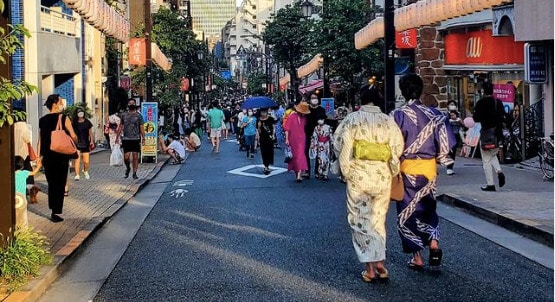
If your travel plan includes any temples or shrines, make sure you dress appropriately. You need to do so to respect the culture of the country. On the other hand, if you have outdoor plans, make sure to carry sunscreen and wear clothes that cover your body. This is to avoid getting sunburned.
Moreover, when it comes to footwear, make sure to go for light ones. Japan requires you to walk a lot, and it is better to be comfortable. Anything from sneakers to crocs or even light sandals will do.
If you feel that the temperature is too high and you cannot handle it, look for air conditioned places. Malls, offices, cafes, etc. will have cooling systems for you to relax.
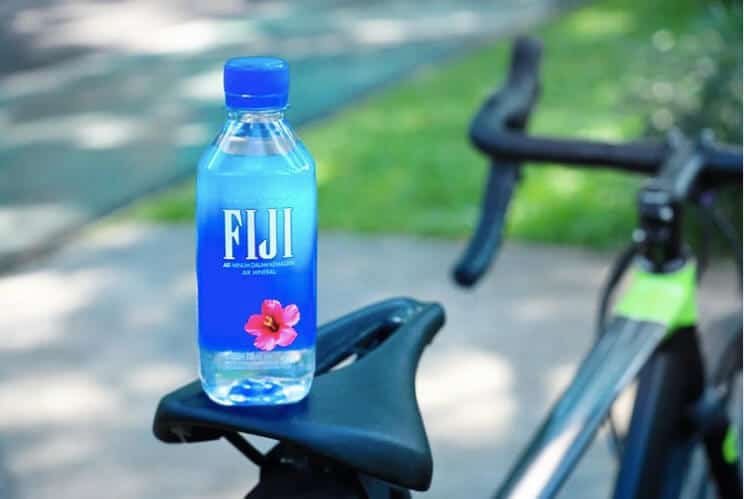
Besides, you need to carry your own water bottles. Although there are wending machines, it is better to be on the safe side. One of the best things you can buy is hand fans. The ones that you can use even while you are travelling.
Don’t forget to carry an umbrella because the rain is unexpected and heavy. Download the weather application on your phone to track the forecast before you walk out.
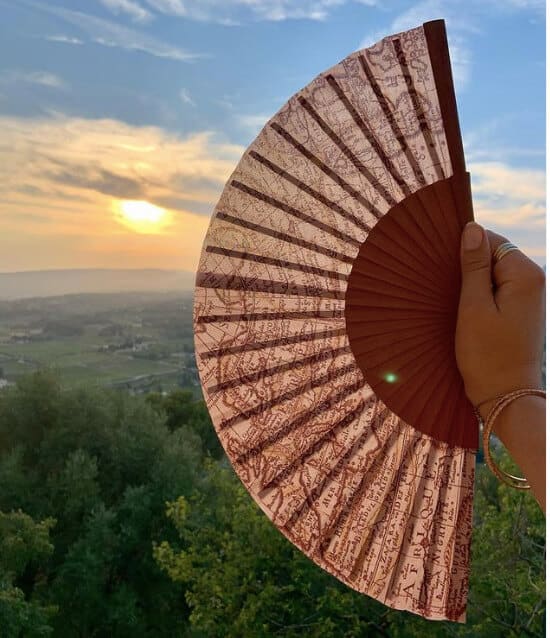
Places to Visit During the Summer in Japan
Japan is a beautiful country with a plethora of places to explore. While you are trying to escape the heat, make sure you visit the places listed below.
Mt. Fuji
Mt. Fuji is one of the best destinations to travel to. Standing at 3,776 meters, the mountain has a breathtaking view.
The climbing season starts in July and ends in September. It is recommended to plan your visit beforehand to avoid the crowds. The place gets crowded during weekends and on official holidays.
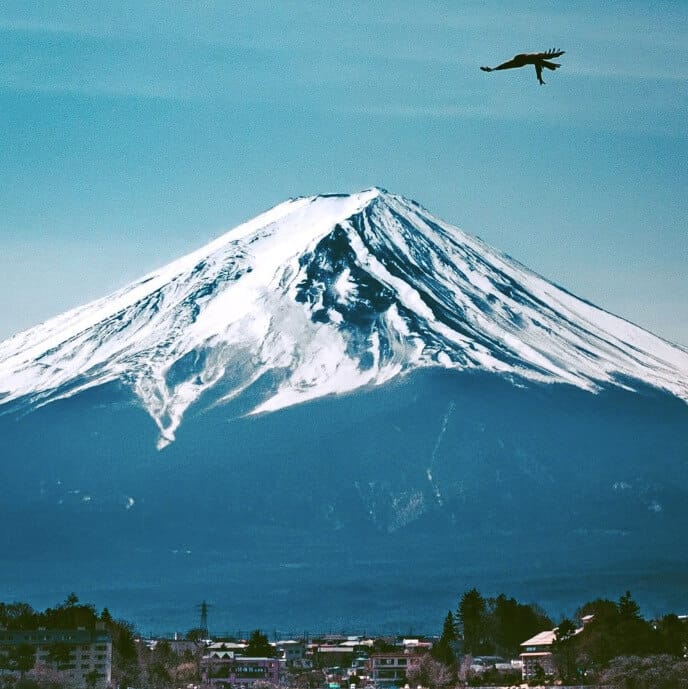
- Related: Tokyo To Fuji Travel Guide
Karuizawa
Karuizawa is an ideal summer destination. It is lush green, has water bodies, and also hot springs. It is at a higher altitude and is comparatively cooler than the cities. You can enjoy nature here and relax on a hot summer day.
There is also a waterfall called Shiraito that is too beautiful for you to miss. There are plenty of hotels out there that provide different activities.

Nikko
If you are a nature lover with a pinch of love for history, Nikko is the place for you. Due to its cooler climate, Nikko is another ideal summer destination. It is two hours (by train) from Tokyo.
It is best known for World Heritage Sites like Nikko Toshogu, Rinnoji Temple, and Nikko Futarasan Shrine. It is also full of greenery, which will make you feel closer to nature.
Given, Nikko attracts a lot of locals as well as international visitors, so it is important for you to plan your stay accordingly. There are various hotels that you can book beforehand.
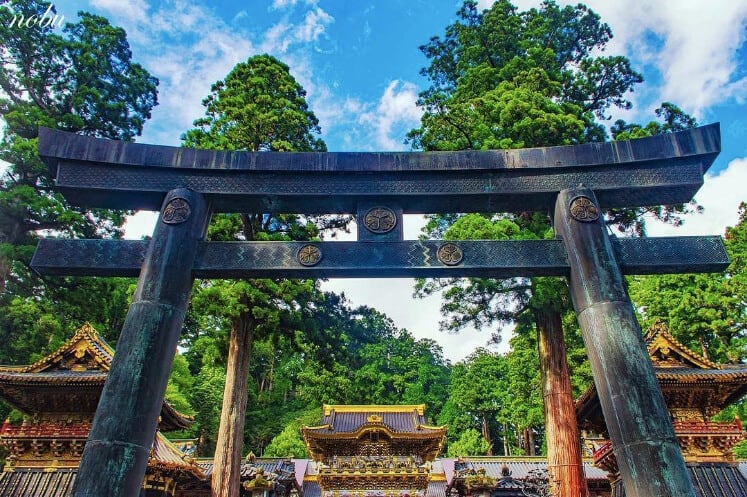
What to Eat in Japan When It’s Humid?
Japanese summer cuisine is vast and is full of flavorsome dishes. It is something that you shouldn’t miss. Given the high temperature, opt for chilled dishes like the famous kakigori or shave ice. It is basically shaved ice with flavoured syrups or condensed milk on top.
Chilled noodles are another speciality out there.
Zaru Soba – It is buckwheat noodles that are served in a light broth. It is full of flavour and will cool down your body.
Chilled Somen – It is thin wheat noodles that are served with fresh toppings and cold broth.
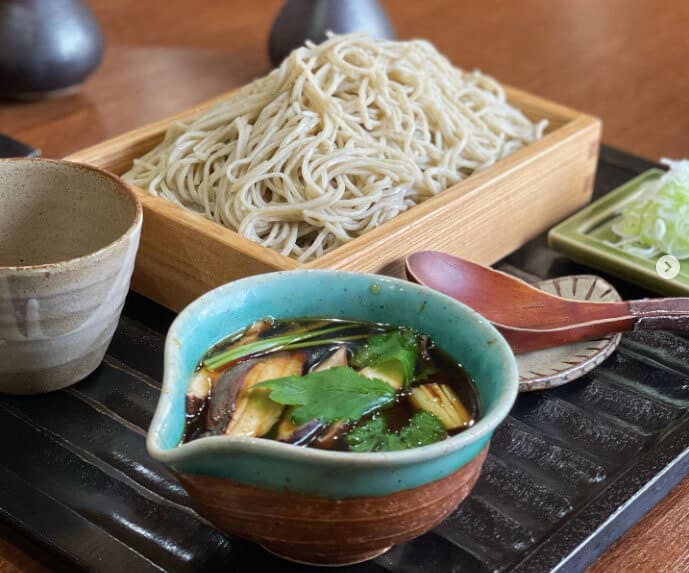
While you are opting for good food, don’t forget to eat water-rich fruits and vegetables to keep yourself hydrated. Don’t eat spicy food; it will add to your body’s heat and might make you feel uncomfortable. Lastly, drink a lot of fluids like juices and cold drinks to beat the heat.
Conclusion
Japan is humid during the months of July and August. The temperature is high and the humidity will make you feel uncomfortable. Due to its geographical aspect, Japan experiences high temperatures and heavy rain during summer.
If you have summer plans to visit Japan, you need to carry light clothes. Make sure to drink water and carry hand fans to beat the heat. Moreover, Japan has many air conditioned zones that will come in handy.
There are several tourist spots that are comparatively colder than the cities. Plan your visit and relax during the summer. There are various summer festivals that you can be a part of.
Avoid eating spicy foods and opt for various cold dishes. We recommend you download weather apps to keep track. It is better to be safe than sorry. It is advised to plan every visit carefully. At the end, Japan is a beautiful destination.
Also Read


